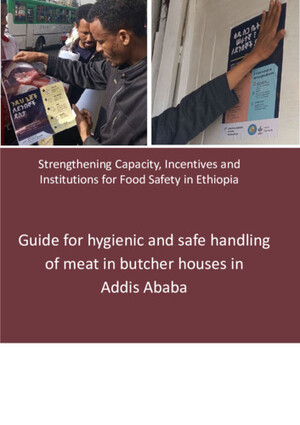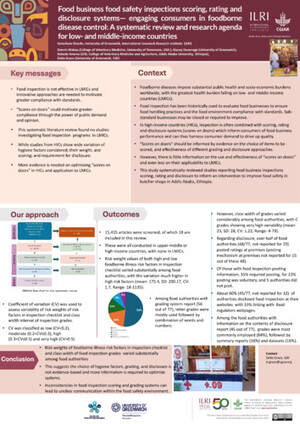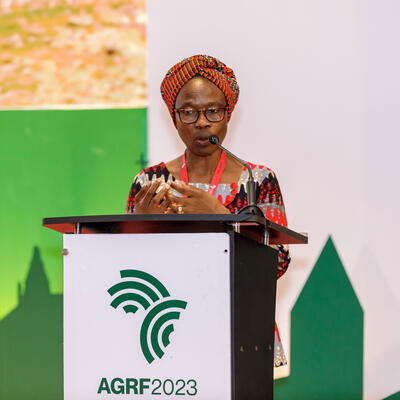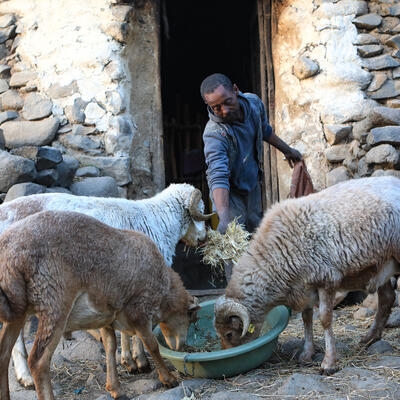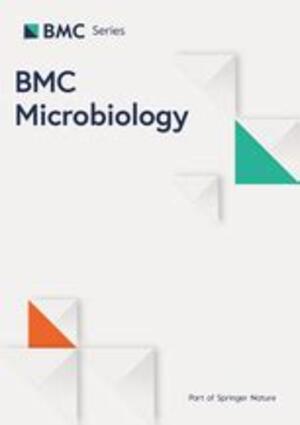Challenge
By 2050, more than two in three people on the planet will live in an urban environment, including over 5.5 billion in low- and middle-income countries. The agrifood sector will play a central role in humanity’s transition to an urban world over the next generation. Local and global agrifood systems need to step up and adapt to feed and nourish expanding urban populations, reduce human and environmental health risks, and secure economic opportunities for the urban poor.
Countries in CGIAR target regions are struggling to keep pace with the implications of rapid urbanization and are demanding technically sound, equitable and scalable solutions in the agrifood sector. Key challenges for agrifood action in urban and peri-urban environments include growing pollution and environmental degradation, increasing social and economic inequalities, growing competition for land and water resources, weak or absent agrifood governance structures, and low visibility and support within the urban policy and investment context.
Objective
This Initiative aims to support a vibrant, largely informal urban and peri-urban agrifood sector, to help improve sustainability, equity and opportunity growth, and mitigate risks to human and environmental health.

